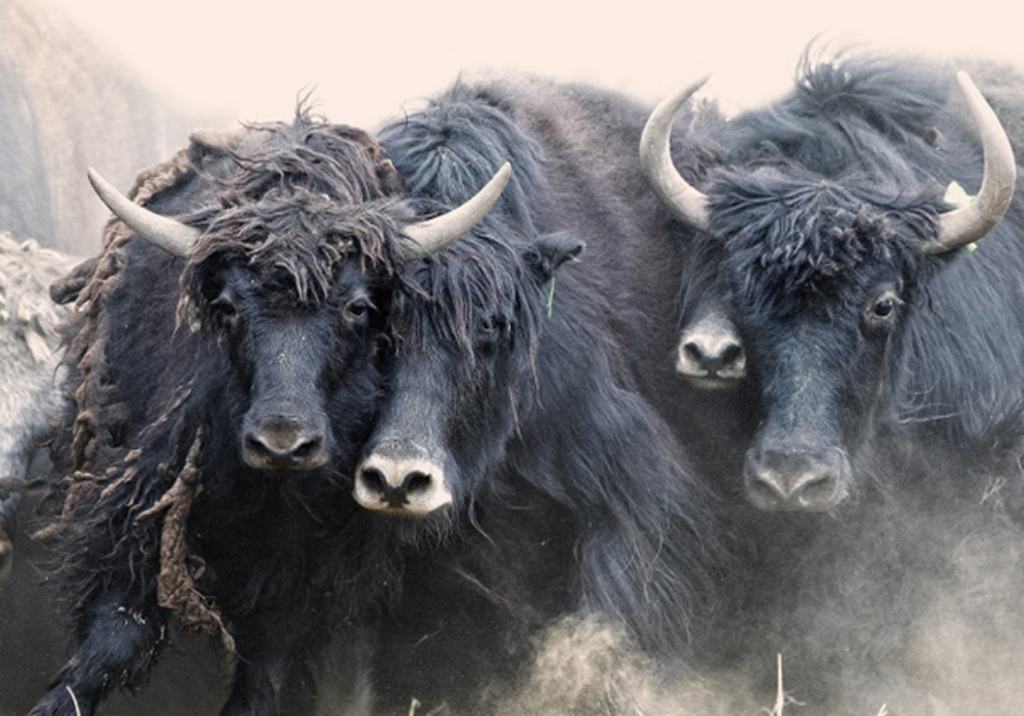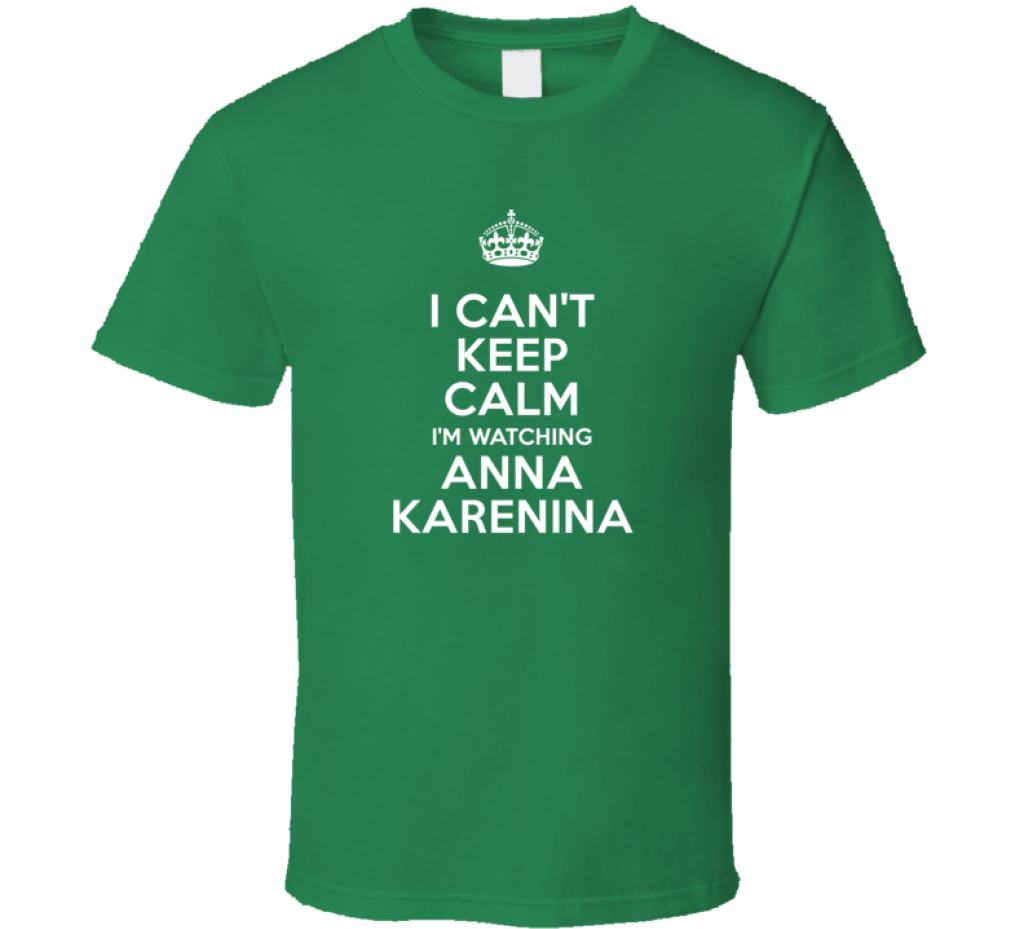The Jordan Center stands with all the people of Ukraine, Russia, and the rest of the world who oppose the Russian invasion of Ukraine. See our statement here.
Mieke Meurs is a Professor of Economics and co-Director of the Program for Gender Analysis in Economics at American University in Washington, D.C.
Amarjargal Amartuvshin is a Professor of Economics at National Humanities University, Mongolia.
Otgontugs Banzragch is a Professor of Economics at the National University of Mongolia.
Myagmarsuren Boldbaatar is an Associate Professor of Economics at the National University of Mongolia.
Georgia Poyatzis is a PhD student in Economics at American University in Washington, D.C.
About a quarter of the Mongolian population lives in rural areas, engaged mainly in nomadic herding. Rather than being a quaint vestige of ancient times, most of these nomadic households are actively engaged in commercial production, producing cashmere, wool, meat, and dairy products for local and global markets. But many remain poor, with about 30% earning incomes below the poverty line.
Rural Mongolian women are positioned to play a key role in improving household outcomes. Herding in Mongolia is often seen as “male” activity, with men much more often defined as the “main herder” in household surveys. But over 80% of women in herding households report participating in animal husbandry activities, reporting about two-thirds as many minutes per day as men. Our recent interviews with 60 households in the Mongolian provinces of Ulaanbaatar (around the capital city), Tov, and Khuvsgul show that men and women are equally likely to participate in a wide range of herding-related activities, and that women often provide more time in these shared activities than men do.
Women specialize in work related to milking and milk processing and combing of cashmere goats, while men do more of the horse-related work, fodder preparation, and providing of water. But men and women are equally likely to participate in a wide range of tasks including herding itself, caring for young animals, shearing sheep, and purchases and sales, and women put in more time in some joint activities, including grazing and shearing wool.
Despite their extensive participation in herding labor, women report having limited participation in decisions related to this work. Notably, men and women did not agree about who made the decisions—men being likely to report even lower rates of women’s participation than the women themselves. One young woman interviewed by anthropologist Mette High complained that her husband excluded her: “He’s just like his dad, always deciding everything on his own, thinking that he knows better.” Women’s roles in decision making varied significantly across types of animals and production, and also across types of decisions. The women we interviewed reported making few herding-related decisions alone, instead making decisions related to which cattle or yak milk products to sell and which to keep for own use.
Women reported participating jointly with their spouses in only about half of the 13 types of decisions we asked about. Joint decision-making was most often reported for questions of whether to increase herd size (except for horses, which men decide), and how to use the money from animal, meat, and wool/hair sales. For cattle and yaks, which provide much of the milk that women process, women reported joint decision-making on a broader range of more “technical” questions, including feeding, grazing, and watering.
It can be hard to understand what is meant by participation in joint decision-making, however. Spouses may participate equally, or one person may participate only nominally. When we asked one of our survey participants to describe the process of joint decision-making on animal sales, she explained that, after the animals were sold, her spouse reported this to her, and she expressed approval.
Studies in other contexts suggest that greater women’s participation in herding decisions could benefit households in many ways. Mongolian women are generally better educated than Mongolian men, having an average of 11 years of schooling compared to 10 years for men, which means that increasing their participation would take greater advantage of women’s knowledge. Increasing women’s input has also been found to impact household welfare through women’s different decisions about technology and product selection, which may prioritize household welfare and children’s outcomes over other goals. Statistical analysis of our interview data shows that, when women’s work in milk and cashmere production contributes a greater share of household income, they have more input into many decisions. More educated women also have greater participation in some decisions. These findings are similar to results from a study of women’s work and decision-making on cocoa farms in Nigeria.
Some characteristics which have been associated with greater participation in decision making in other contexts were not associated with decision-making in Mongolia, however. Greater contribution of animals (assets) at marriage was not associated with greater decision-making generally (an exception being decisions related to sheep/goats), and women in wealthier households were actually less likely to participate in decision-making, in contrast to other studies in African and Asian contexts. Anthropologist Daniel Murphy reports a similar finding in Khentii province and explains that wealthier households, facing fewer financial constraints, may be better able to enact an “ideal” (patriarchal) division of decision-making.
Our findings highlight that understanding women’s participation in agricultural work and decision-making requires asking detailed, disaggregated questions, as women’s participation varies significantly across animals and production. Because women have the greatest participation in, and control of, dairy and cashmere production, supporting this type of production may be an effective way of increasing women’s overall participation in agricultural decision-making. As women’s contributions to household incomes increase with this production, we find that that, too, may increase their ability to participate in decisions.
Possible means of supporting such production include the development of distribution infrastructure for these products, as well as credit and marketing cooperatives, offering producer trainings, and expansion of other infrastructure (water, electricity) to allow women to shift time from reproductive to productive tasks. Existing Mongolian cooperative structures (khorshoolol), some of which already receive support from the World Bank and the Swiss Agency for Cooperation and Development, might collaborate with such efforts.
Women’s education is also an important factor related to their participation. Rural women have relatively low levels of education (about a quarter of have completed high school), even if they have more education than rural men. Programs to encourage girls to complete high school might include the development of curricula related to milk and cashmere production. In this area, too, some related initiatives are underway that could provide models for expansion. Since 2014, university lecturers have organized summer schools for herders’ children, especially girls, in Khusvgul province, with the goal of improving high school graduation rates and encouraging college enrollment. While supporting improvements in household welfare, such policies are likely to improve the outcomes for the women and girls themselves, increasing their capacity for making decisions within a broader range of issues.



